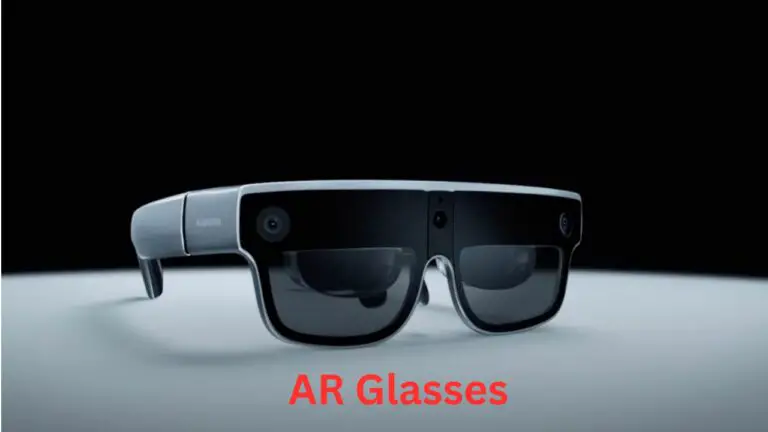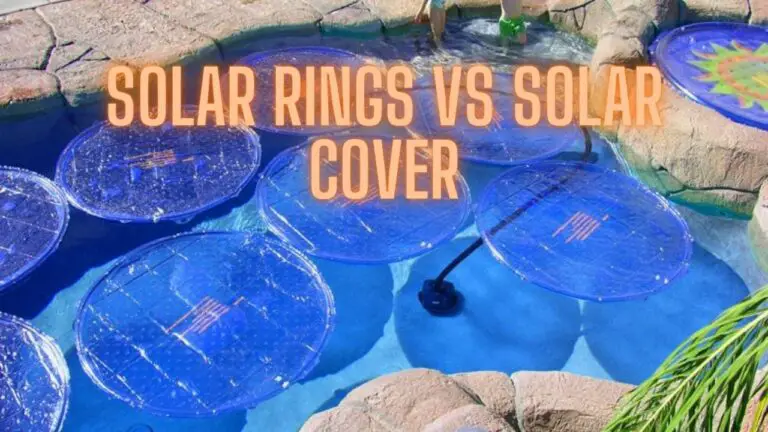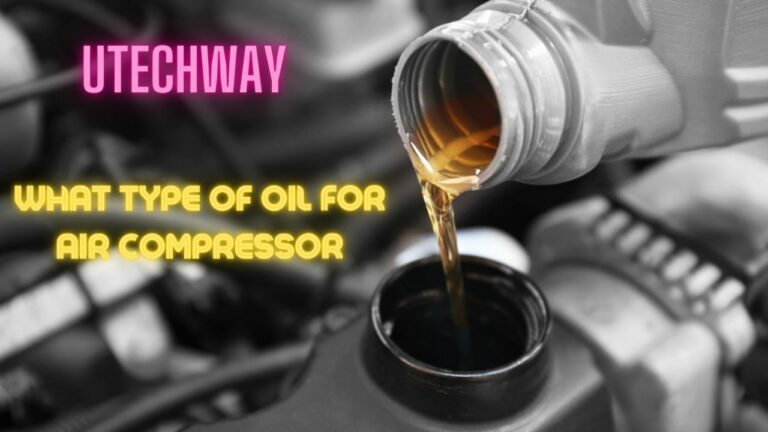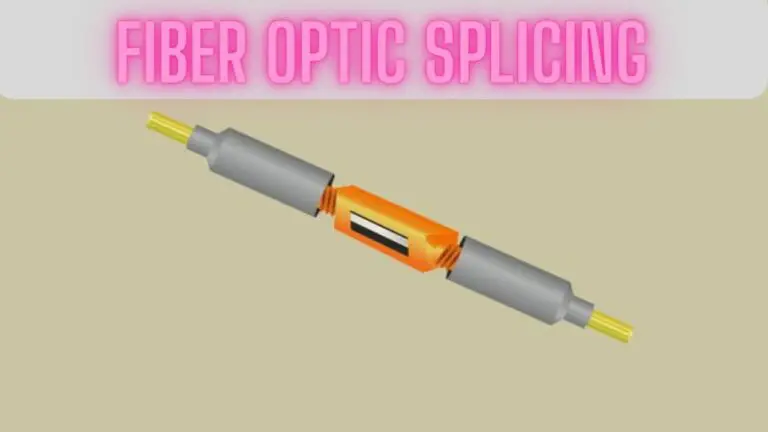IPX Ratings: Unveiling the Protection Against Ingress
Introduction
In an increasingly connected world, electronic devices are becoming more versatile and mobile. From smartphones and smartwatches to outdoor speakers and fitness trackers, these devices often encounter a variety of environmental conditions. To safeguard against water and dust damage, the International Protection (IP) Code assigns IPX ratings to provide consumers with valuable information about a device’s resistance to environmental ingress. In this article, we explore IPX ratings and their significance in ensuring device durability.
What are IPX Ratings?
IPX ratings, part of the IP Code (Ingress Protection), indicate a device’s resistance to the intrusion of solids and liquids. The “X” in IPX represents a placeholder for a digit that indicates the device’s level of protection against specific environmental factors.
Understanding the IPX Rating Scale:
IPX ratings, also known as Ingress Protection ratings, serve as a standardized measure to evaluate a device’s resistance to environmental factors like water and dust. These ratings consist of a numerical code, with each digit representing a different aspect of the device’s protection. Let’s delve deeper into understanding IPX ratings and what each digit signifies:
1. The First Digit: Protection Against Solid Objects
The first digit in an IPX rating indicates the level of protection against solid objects such as dust and foreign particles. Here’s a breakdown of the range of ratings:
- 0: No protection against contact with any object.
- 1: Protection against objects larger than 50mm, such as a hand.
- 2: Protection against objects larger than 12.5mm, such as fingers.
- 3: Protection against objects larger than 2.5mm, such as tools and wires.
- 4: Protection against objects larger than 1mm, such as small wires and screws.
- 5: Limited protection against dust ingress, but not entirely dust-tight.
- 6: Complete protection against dust ingress, ensuring a dust-tight enclosure.
2. The Second Digit: Protection Against Liquids
The second digit in an IPX rating signifies the level of protection against liquids, particularly water ingress. Here’s an overview of the range of ratings:
- 0: No protection against water.
- 1: Protection against vertically falling droplets, such as condensation.
- 2: Protection against water droplets falling at an angle of up to 15 degrees from the vertical.
- 3: Protection against spraying water at an angle of up to 60 degrees from the vertical.
- 4: Protection against water splashing from any direction.
- 5: Protection against water jets from a nozzle at any direction.
- 6: Protection against powerful water jets from a nozzle at any direction.
- 7: Protection against immersion in water up to 1 meter for 30 minutes.
- 8: Protection against continuous immersion in water beyond 1 meter depth for a specified period, as determined by the manufacturer.
- 9K: Protection against high-pressure water jets, typically used for cleaning purposes.
3. Additional Letters: Specialized Protections
In some cases, additional letters may be appended to the IPX rating to denote specialized protections or conditions. These letters have specific meanings and applications:
- A: Protection against access with the back of the hand.
- B: Protection against access with fingers.
- C: Protection against access with tools, wires, and other small objects.
- D: Protection against access with a wire.
- S: Special conditions, as specified by the manufacturer, such as increased water pressure or temperature requirements.
Practical Application of IPX Ratings:
IPX ratings are particularly relevant for devices used in outdoor, rugged, or wet environments. Here are some examples:
- Smartphones and Smartwatches: Devices with higher IPX ratings can withstand rain and splashes, while those with IPX7 or higher ratings can be submerged in water without damage.
- Bluetooth Speakers: Bluetooth speakers with IPX4 or higher ratings are suitable for poolside parties, as they can handle splashes and sprays.
- Fitness Trackers: For fitness enthusiasts, an IPX6-rated fitness tracker can withstand intense workouts and heavy sweating.
- Outdoor Cameras: Cameras used in outdoor settings benefit from higher IPX ratings to endure exposure to rain and dust.
- Outdoor Lighting: Outdoor lighting fixtures with IPX5 ratings are designed to withstand rainfall and are ideal for garden use.
IPX Waterproof/Water Resistance List
Here is a list of common IPX waterproof and water resistance ratings along with their meanings and examples of devices that typically carry these ratings:
IPX0: No Protection
- No special protection against water ingress.
IPX1: Protection against Vertically Falling Drops of Water
- Protection against vertically falling drops of water, such as condensation. Limited water resistance.
IPX2: Protection against Vertically Falling Drops of Water when Tilted
- Protection against vertically falling drops of water when the device is tilted up to 15 degrees. Still limited water resistance.
IPX3: Protection against Sprayed Water at Angles
- Protection against water sprayed at angles up to 60 degrees from vertical. Suitable for light rain exposure.
- Example: Light rain-resistant outdoor cameras.
IPX4: Protection against Splashed Water from Any Direction
- Protection against water splashes from any direction. Suitable for devices used in damp environments.
- Example: Bluetooth speakers for poolside use.
IPX5: Protection against Water Jets from Any Direction
- Protection against water jets from any direction, such as a powerful water hose.
- Example: Outdoor lighting fixtures.
IPX6: Protection against Powerful Water Jets
- Protection against powerful water jets and waves. Suitable for devices used in maritime environments.
- Example: Marine electronics and navigation systems.
IPX7: Protection against Immersion in Water up to 1 Meter
- Protection against immersion in water up to 1 meter deep for 30 minutes.
- Example: Waterproof smartphones and fitness trackers.
IPX8: Protection against Immersion Beyond 1 Meter (Specific to Manufacturer)
- Protection against immersion beyond 1 meter depth, as specified by the manufacturer.
- Example: High-end waterproof cameras for underwater photography.
IPX9K: High-Pressure Water Jets and Steam Cleaning
- Protection against high-temperature, high-pressure water jets and steam cleaning. Used in industrial and automotive applications.
- Example: Automotive components requiring thorough cleaning.
Please note that while IPX ratings provide information about a device’s water resistance, they don’t consider other factors such as impact resistance, dust protection, or long-term exposure to water. Always check the manufacturer’s specifications and guidelines for accurate information on a device’s capabilities and limitations regarding water resistance.
Testing and Certification Procedures
Ensuring the accuracy and reliability of IPX ratings requires standardized testing procedures conducted by accredited laboratories. These procedures involve simulating various environmental conditions to assess a device’s resistance to water and dust ingress. Let’s explore the testing and certification procedures involved in determining IPX ratings:
1. Laboratory Testing Protocols
1.1 Simulating Environmental Conditions: Testing laboratories create controlled environments that mimic real-world conditions where electronic devices may encounter water and dust exposure. This involves specialized test chambers equipped with precise controls for temperature, humidity, and water pressure.
1.2 Conducting Ingress Protection Tests: The testing process involves subjecting the device to different levels of water and dust exposure as per the IPX rating requirements. Here’s an overview of the testing procedures:
- Water Ingress Testing: Devices are subjected to various water ingress tests, including dripping water, splashing water, and water immersion. The duration and intensity of water exposure depend on the specific IPX rating being tested. For example, devices rated IPX7 are submerged in water at a depth of 1 meter for 30 minutes.
- Dust Ingress Testing: Dust ingress tests evaluate a device’s resistance to solid particles such as dust and sand. Test chambers generate airborne particles of specific sizes and densities, which are then directed towards the device under test. The device’s enclosure is inspected for any ingress of dust particles after the test duration.
2. Compliance and Certification
2.1 Regulatory Bodies and Standards Organizations: Various regulatory bodies and standards organizations oversee the certification of IPX ratings to ensure consistency and reliability. Examples include the International Electrotechnical Commission (IEC), the European Committee for Electrotechnical Standardization (CENELEC), and the American National Standards Institute (ANSI).
2.2 Obtaining IPX Certification for Electronic Devices: Manufacturers submit their products to accredited testing laboratories for IPX rating certification. The testing process involves rigorous evaluation of the device’s performance against the specified IPX rating criteria. Once the device meets the requirements, it receives an official IPX certification, which can be displayed on product packaging and marketing materials.
Future Trends and Innovations
As technology continues to evolve, so too do the standards and innovations in IPX ratings and waterproofing technologies. Looking ahead, several trends and advancements are shaping the future of IPX ratings and waterproof devices:
- Improved Waterproofing Technologies: Nanocoatings and hydrophobic materials are increasingly being used to enhance the waterproofing capabilities of electronic devices. These advanced coatings form a protective barrier on the surface of components, repelling water and preventing ingress into sensitive areas. As research in materials science progresses, we can expect even more effective waterproofing solutions to emerge, offering greater durability and reliability.
- Sealing Techniques and Enclosure Designs: Manufacturers are investing in innovative sealing techniques and enclosure designs to enhance the waterproofing of their products. From improved gaskets and seals to reinforced chassis and ingress-resistant ports, these design enhancements aim to create watertight barriers that shield electronic components from moisture and debris. As engineering techniques continue to advance, we can anticipate more rugged and resilient devices capable of withstanding extreme environmental conditions.
- Integration of IPX-Rated Features in Emerging Technologies: The integration of IPX-rated features is expanding beyond traditional consumer electronics to encompass a wide range of emerging technologies. Wearable electronics and smart fabrics, for example, are incorporating waterproofing technologies to withstand sweat, rain, and other moisture exposure. Similarly, Internet of Things (IoT) devices and connected appliances are adopting IPX-rated designs to ensure reliable performance in outdoor and industrial settings. As these technologies become more pervasive, waterproofing will become a standard feature across a diverse array of products and applications.
- Expansion of IPX Standards to Address New Challenges: As the demand for waterproof devices grows, standards organizations are expanding IPX ratings to address new challenges and requirements. This includes developing standards for protecting against extreme conditions such as high-pressure water jets, submersion in corrosive liquids, and exposure to harsh chemicals. By continually refining and updating IPX standards, regulatory bodies can ensure that manufacturers meet stringent criteria for waterproof performance across a wide range of applications.
- Enhanced Durability in Industrial and Healthcare Applications: In industrial and healthcare settings, where electronic devices are subjected to rigorous conditions and stringent requirements, there is a growing emphasis on enhanced durability and reliability. Manufacturers are developing IPX-rated devices specifically tailored to these sectors, incorporating features such as ruggedized enclosures, reinforced connectors, and advanced sealing technologies. These devices are designed to withstand exposure to water, dust, chemicals, and other contaminants commonly encountered in industrial and healthcare environments, ensuring uninterrupted operation and long-term reliability.
In conclusion, the future of IPX ratings and waterproofing technologies is characterized by continuous innovation, improved standards, and broader applications. With advancements in materials science, engineering techniques, and design practices, we can expect to see even more robust and resilient electronic devices capable of withstanding the rigors of daily use in diverse environments. As waterproofing becomes increasingly integral to product development across industries, consumers can look forward to a future where their devices are not only more durable and reliable but also better equipped to withstand the challenges of the modern world.
IPX Ratings FAQS
What do IPX ratings mean?
IPX ratings, part of the Ingress Protection (IP) Code, indicate a device’s level of protection against solids and liquids. The “X” in IPX represents a placeholder for a digit that denotes the level of protection against specific environmental factors.
What is the significance of IPX ratings?
IPX ratings provide consumers with valuable information about a device’s resistance to water and dust. They help users choose devices that can withstand specific environmental conditions and usage scenarios.
What does the first digit in an IPX rating represent?
The first digit indicates the device’s protection against solid objects:
- 0: No protection
- 1: Protection against objects larger than 50mm
- 2: Protection against objects larger than 12.5mm
- 3: Protection against objects larger than 2.5mm
- 4: Protection against objects larger than 1mm
- 5: Dust-protected (limited ingress, no harmful deposit)
- 6: Dust-tight (complete protection against dust)
What does the second digit in an IPX rating represent?
The second digit represents the device’s protection against liquids:
- 0: No protection
- 1: Protection against vertically falling drops of water
- 2: Protection against vertically falling drops of water when tilted up to 15 degrees
- 3: Protection against sprayed water at angles up to 60 degrees
- 4: Protection against splashed water from any direction
- 5: Protection against water jets from any direction
- 6: Protection against powerful water jets and waves
- 7: Protection against immersion in water up to 1 meter deep for 30 minutes
- 8: Protection against immersion in water beyond 1 meter depth (specified by the manufacturer)
What types of devices benefit from IPX ratings?
Devices used in outdoor, wet, or rugged environments benefit from IPX ratings. These include smartphones, fitness trackers, outdoor speakers, cameras, and more.
Are IPX ratings the same as waterproof ratings?
IPX ratings provide information about water resistance, but they do not equate to specific depths or pressures. Devices with higher IPX ratings are more water-resistant, but the exact level of protection may vary.
Can I submerge a device with an IPX7 rating in water?
Yes, devices with an IPX7 rating can be submerged in water up to 1 meter deep for up to 30 minutes. However, prolonged submersion or water pressure beyond the specified depth should be avoided.
Are devices with higher IPX ratings better?
Devices with higher IPX ratings offer greater protection against water and dust. Choosing the right IPX rating depends on the device’s intended use and the environmental conditions it will face.
Are IPX ratings permanent?
IPX ratings are assigned based on testing conditions at the time of evaluation. However, factors like wear and tear, temperature fluctuations, and aging can affect a device’s actual water resistance over time.
Can I rely solely on IPX ratings for water-resistant devices?
While IPX ratings provide valuable information, it’s essential to consider other factors like impact resistance, sealing quality, and manufacturer guidelines when determining a device’s suitability for water-exposed environments.
Can IPX-rated devices be used underwater for photography?
Devices with IPX7 or higher ratings can withstand short-term submersion, making them suitable for underwater photography. However, dedicated underwater camera housings are recommended for extended underwater use.
Conclusion:
IPX ratings provide consumers with valuable insights into a device’s durability against various environmental conditions. Understanding these ratings empowers consumers to make informed decisions when selecting devices for specific applications, ensuring that their investments remain functional and reliable even in challenging surroundings. Whether you’re looking to enjoy music by the pool or need a rugged device for outdoor adventures, IPX ratings help you choose wisely and keep your devices protected.







